I’ve recently had several questions regarding short-term homeschooling. Are you considering short term homeschooling due to COVID or another life circumstance? Keep reading to find out what you need to know before starting!
Transitioning to homeschooling, whether temporary or permanent, can seem a bit overwhelming, but I have a few tips to help make the transition a bit easier on everyone.
So let’s dive right in shall we?
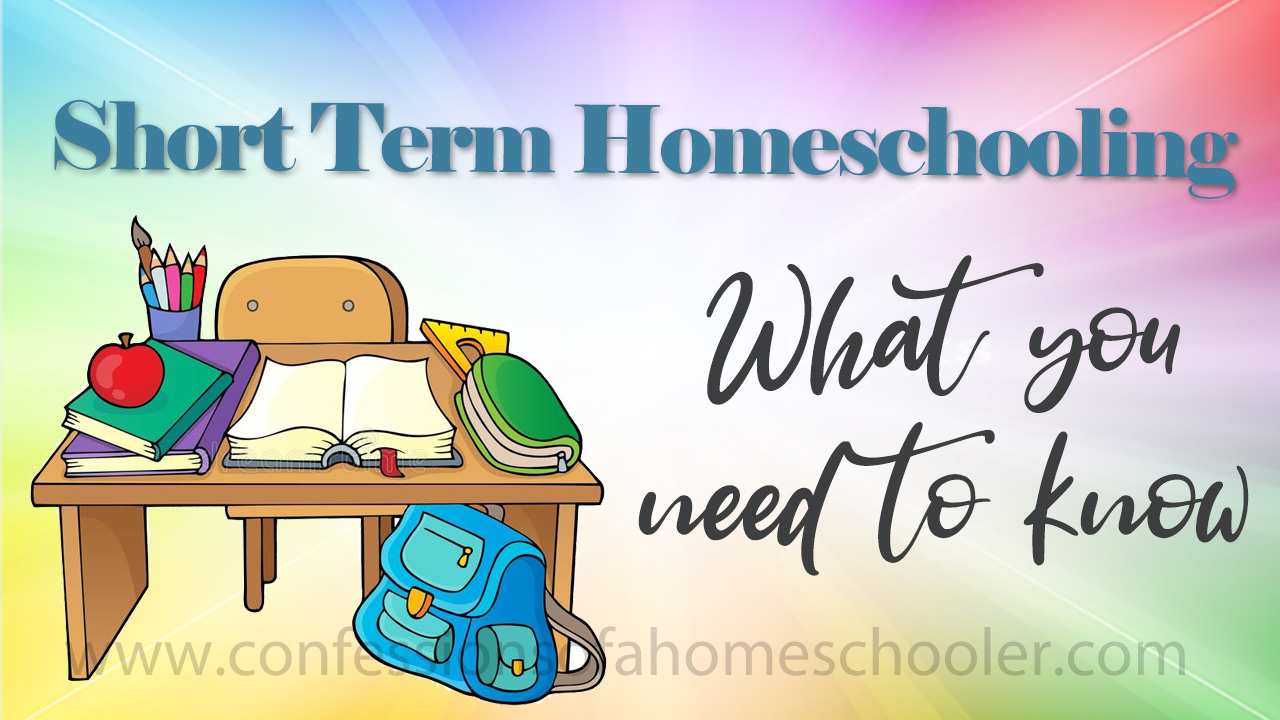
Public School Online
My first tip for short term homeschooling would be to stick with something similar to what your kids are already doing in public school. I think my goal would be to get through the year with as little stress as possible and without confusing your kids during an already crazy time period.
You’ll want to see what is available in your state, but in Colorado families are offered the choice to do full online curriculum. They have had this option for years and it’s basically an online program that is virtually what they would be doing in school. They turn in assignments via email and a teacher grades and returns them. The lessons are all done online as well, some have video lessons, others are text book based.
As a homeschooler, this option isn’t that attractive to me because it’s not my objective to bring the public school curriculum into my home. I prefer to choose my own curriculum, and use things that benefit our family. But if you’re only homeschooling for a year, this might be an easy and more comfortable option for your family.
Using the public school online option would ensure you’re keeping your kids on track with other students in their class. It will also be more familiar to them as the curriculum should be very similar if not the exact same.
Boxed Curriculum
Like I mentioned keeping things familiar is probably one of my top tips for short term homeschooling. But if you don’t want to use whatever the public school system is offering, or your district doesn’t have an online option, you may want to look at a boxed curriculum.
Abeka and BJU Press are two of my favorite traditional boxed curriculum vendors. You can purchase an entire grade’s worth of curriculum in one nice package, or you can pick and choose individual subjects you want to use. They’re fairly easy to teach, what I like to refer to as “open and go” curriculum.
They both offer textbook and online video lessons as well. One thing to note with both of these vendors is that they are Christian, and that may or may not align with your family values.
If you’re going to be working and homeschooling, I would probably suggest using the video lessons. That way your students will still be getting quality lessons and it also makes life a bit easier on you, the parent, so you’re not having to try and teach your kids and work at the same time. Students can work much more independently, but you will still want to make sure to oversee their progress.
Another benefit to boxed curriculum is that it’s been around for years and is “tried and true” so to speak. It’s been used frequently in charter schools and tends to follow a similar scope and sequence to traditional schools. With it’s more traditional approach it should be easier for your family to adjust to homeschooling as well.
Curriculum Style
If you are choosing your own curriculum, you may want to consider the “style” of curriculum. Some take a more mastery approach, and others are more spiral in nature. Others are more non-traditional, and will take a bit more attention on your part. Of course all styles have pros and cons, let’s take a look at two of the more popular styles.
The Mastery Approach
With a mastery approach students dive deep into a particular subject, learning and mastering it before moving on to another skill or topic. This approach is great for building a solid foundation for students, and students can really master a topic, learning way more about it than they would normally.
This approach may also make it “seem” that they’re behind because they’ve focused on one thing, rather than several. In reality they’ve gotten way ahead in one area, but possibly behind in others. When you homeschool this isn’t a big deal because you can master new topics each year. But if you’re going to put them back in school within a year they may be behind from traditional schools who have touched on several topics over the course of that year.
Another con to the mastery approach is that they don’t offer as much in the way of review, so while students are mastering one topic, they may forget what they’ve learned in previous years. You can combat this by weaving in review as you go. Also, some students might find focusing on one thing a bit boring and may prefer to learn about a variety of topics in any given year.
The Spiral Approach
In the spiral approach students learn a little bit about several different topics over the course of the year. This can be great for review and keeping information fresh. And it can seem more exciting simply due to the variety of topics covered. However it can be bad if your student hasn’t mastered a certain skill before moving on to a new one. They may find that although they’ve been exposed to several different skills, they haven’t learned any of them very well.
If you’re planning on short-term homeschooling, I would probably suggest sticking with a similar approach to whatever your school district is already using. That way your student will be kept on a similar track when they return the following year.
Out of the Box Curriculum
If you’re considering homeschooling for a year, but may be interested in continuing if things go well, you may want to just go for it and choose your own curriculum for the year! As a homeschooler this is one thing I’ve found particularly fun over the years. I enjoy choosing things that look interesting, hands-on, engaging, and that I know will be a good fit for our family.
Of course this approach takes a bit more research on your part as the parent. You’ll want to check out the different curriculum vendors, learning styles and teaching methods, and then choose an option that will fit your unique family needs best.
If your student has been struggling with the public school curriculum already, this may be a great option for you!
Final Thoughts…
Whatever option you go with, I suggest you check out my New to Homeschooling page. It will lead you through everything you need to know to get started homeschooling.
I also have a Help By Grade Level page that has information on our top curriculum picks for each grade level, lesson plans and more!
More Homeschooling Resources:
Check out this post on Transitioning to Homeschool Midyear for more tips!

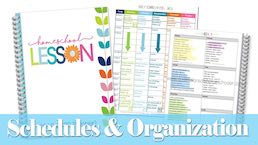
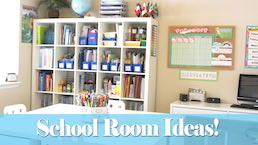
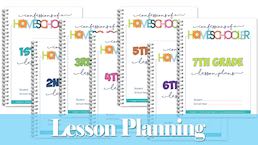
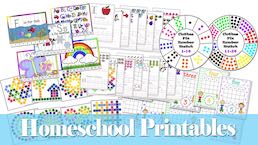
As for boxed curricula, may I also mention Memoria Press? I have pulled a subject here and there from it over the years and always been pleased. You can simply cut the religious studies if you wish to go a more secular route.
We are Catholic so I have preferred to go with a more integrated approach to that– Mother of Divine Grace or Catholic Heritage Curricula would both be excellent options to do for just a year (or longer 😉)
Thanks for the suggestions Chrissy! 🙂